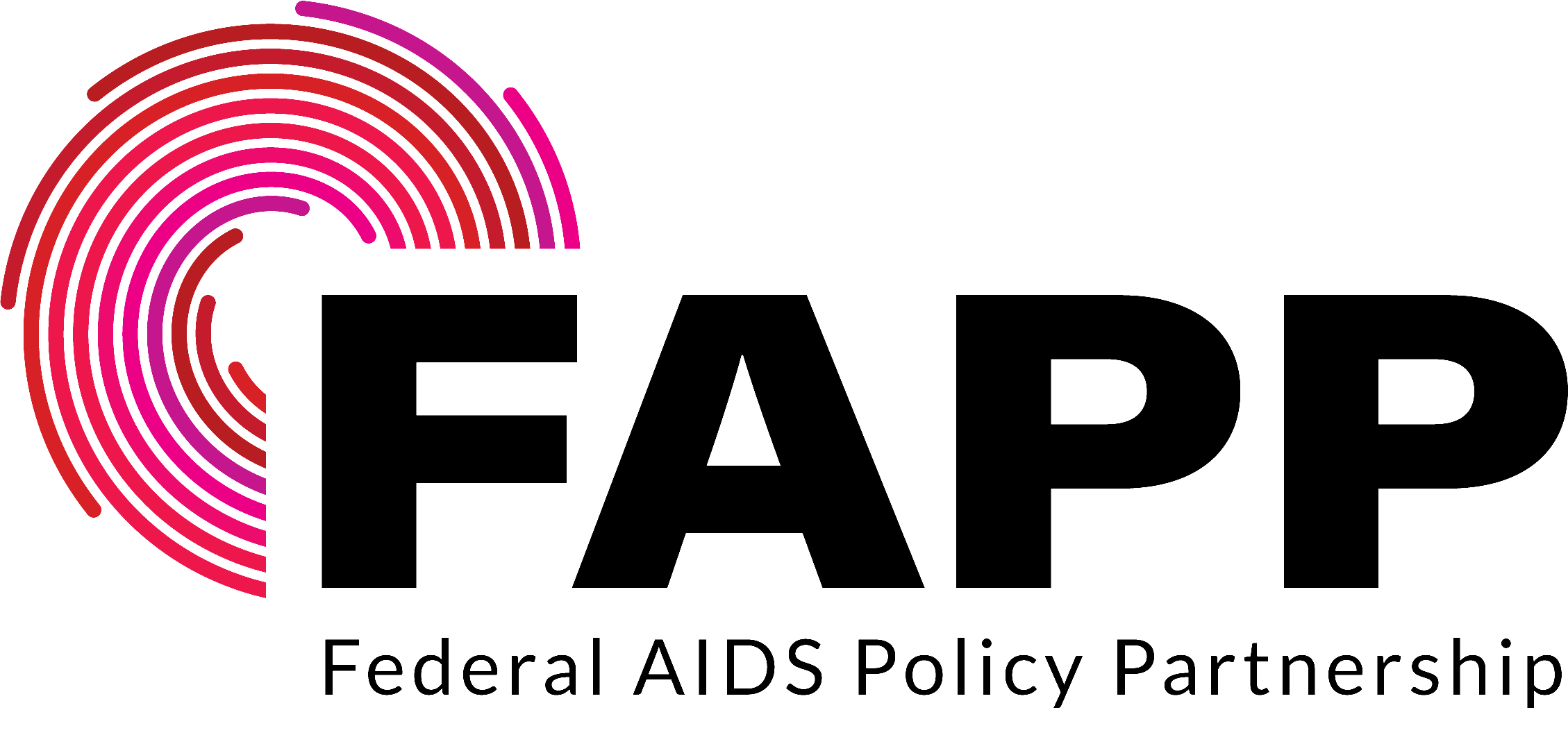Cost-Effectiveness of Syringe Exchange Programs
Approximately 20 percent of AIDS cases and upwards of 55 percent of hepatitis C cases can be attributed to injection drug use, which underscores the viability of syringe exchange programs (SEPs) as a tool in the fight against HIV/AIDS. Cost-effectiveness addresses the relationship between the cost of intervention and the number of new infections prevented. SEPs are not only successful at reducing HIV and Hepatitis viral infections, but have repeatedly been shown to be cost-effective, yielding a significant cost savings. Many studies have confirmed the cost efficiency of syringe exchange programs as a prevention effort to reduce the spread of HIV, hepatitis C and other bloodborne illnesses. For example, studies from the early 1990s found that SEPs are cost-effective and “the cost per HIV infection averted is far below the lifetime cost of treating an HIV-infected person”. However, the economic benefits of encompassing SEPs as part of a larger HIV prevention strategy are often overlooked when discussing best practices for HIV prevention. A series of the most recent studies which have reached conclusions about cost and cost-effectiveness of syringe exchange are presented below:
Trust for America’s Health (2009): Reducing Infectious Diseases in the U.S.: Focus on HIV/AIDS and Hepatitis.
- Annually, Hepatitis C treatment costs $25,000 to $30,000 per person.
- Although there is currently limited research on the cost efficiency of SEPs and hepatitis C infection, an Australian study estimated that the Australian government avoided 21,000 hepatitis C infections and saved approximately $738 million in total lifetime hepatitis C treatment costs through SEPs between 1991 and 2000.
Centers for Disease Control and Prevention (2005): Syringe Exchange Programs.
http://www.cdc.gov/IDU/facts/AED_IDU_SYR.pdf
- “SEPs are cost effective. At an average cost of $0.97 per syringe distributed, SEPs can save money in all injection drug user (IDU) populations where the annual HIV seroincidence exceeds 2.1 per 100 person years. The cost [to prevent one] HIV infection by SEPs has been calculated at $4,000 to $12,000, considerably less than the estimated $190,000 (listed in 1997 dollars) medical costs of treating a person infected with HIV.”
SchackmanB.R., et al. (2005): The Lifetime Cost of HIV Care in the United States in the Current Treatment Era. Poster Exhibition: The 3rd IAS Conference on HIV Pathogenesis and Treatment: Abstract no. WePe12.2C07. http://www.iasociety.org/Default.aspx?pageId=11&abstractId=2176823
- The lifetime cost of treatment (which includes Antiretroviral Therapy (ART) drugs, outpatient care, inpatient care, and other HIV-related drug and laboratory costs) for an HIV positive person is estimated to range between $405,000 and $648,000 (figures listed in 2004 dollars).
Institute of Medicine, National Academy of Science (2002): No Time to Lose: Getting More from HIV Prevention. National Academy Press: Washington, DC. http://www.nap.edu/openbook.php?record_id=9964&page=R1
- Syringe exchange programs are a “highly cost-effective” strategy for preventing HIV transmission among IDUs.
- “Cost-effectiveness of needle exchange is estimated to range from $3,000 to $50,000 per HIV infection prevented, which is comparable to the cost-effectiveness of zidovudine for perinatal transmission.”
- In a comparison of HIV prevention program models, the Committee noted that the cost of preventing a drug-related infection ($50,000 per infection avoided) is 150 times more cost efficient than the cost efficiency of transfusion-related infection ($7.5 million per infection avoided).
Lurie P, Gorsky R, Jones TS, Shomphe L. (1998): An Economic Analysis of Needle Exchange and Pharmacy-based Programs to Increase Sterile Syringe Availability for Injection Drug Users. Journal of Acquired Immune Deficiency Syndromes and Human Retrovirology: University of California, San Francisco.
- Evaluation of five different syringe distribution methods found that all of the strategies could be “cost saving to society” when annual seroincidences exceed 2.1%. Numerous targeted populations meet this standard throughout the U.S.
Lurie, P., Drucker E. (1997): An Opportunity Lost: HIV Infection Associated with Lack of a National Needle Exchange Programme in the USA. San Francisco.
- Failure of federal government to implement needle exchange program has cost approximately $244 million-$538 million in HIV treatment (from 1987 to1995). Note: $538 million in 1997 dollars converts to $753 million in 2009 dollars. Although it is not possible to directly estimate the cost from 1997 to 2009, using this estimate it is clear that this policy potentially cost the U.S. well over a billion dollars or more.
Office of Technology Policy Assessment of the US Congress (1995): The Effectiveness of AIDS Prevention Efforts. US Government Printing Office: Washington DC. http://www.princeton.edu/~ota/disk1/1995/9556/9556.PDF
- Syringe exchange programs (SEPs) are a cost effective means of reducing HIV transmission.
- “If only about 7 percent of the infected people notified subsequently changed their behaviors to avert further transmission, savings in discounted lifetime AIDS treatment costs (about $85,000 in 1990 dollars, 6 percent discount rate) would more than compensate for program costs. If savings in future earnings are added, net benefits would exceed costs if only slightly more than 1 percent of infected people notified averted further spread of HIV.”
